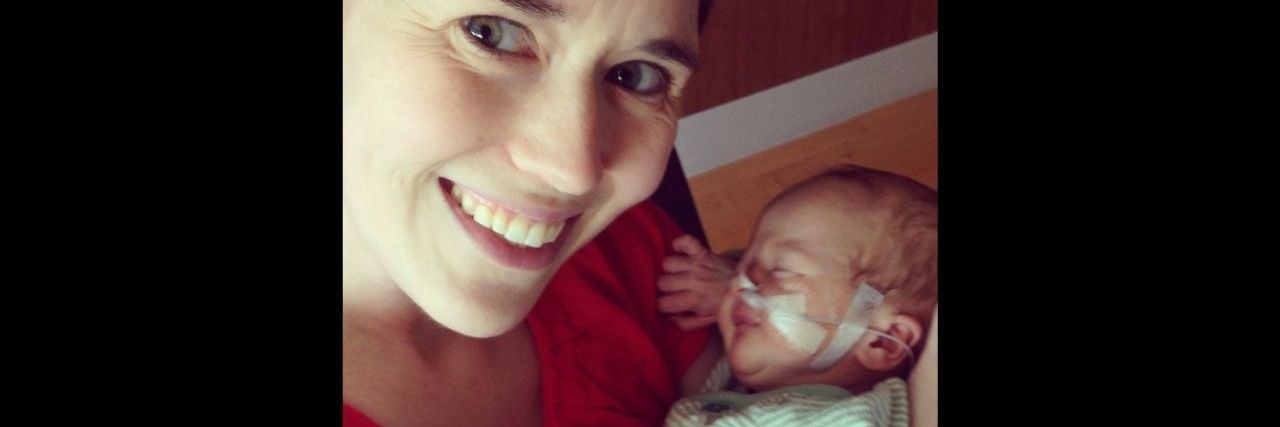For every parent of a child with a birth defect, there is a before and an after.
Whether the line is drawn in the darkness of an ultrasound room, in the silence of a NICU nursery, or in the bustle and shock of an ER, it is there for each one of us … dividing what was and what is.
My line appeared suddenly, seven years ago, when a chatty sonographer stopped talking and started measuring. Humans are supposed to have four heart chambers, apparently. Who knew? Most people like to keep their great arteries untransposed, as well, but my son Malcolm has always done things differently. He doesn’t spend a lot of time stressing about little stuff, like his Hypoplastic Left Heart Syndrome. There are more important things to think about. Trains. Hot Wheels. Minecraft.
Like most parents who have unexpectedly had to deal with their child’s birth defect, I spend a lot more time considering the minutiae of his strange, weird, wonderful body than he does, and that’s the way I want it. He doesn’t need to waste any mental energy worrying about medical breakthroughs, or sitting down with school administrators to craft 504 plans. He bears the physical burden right now, but I’m holding onto the mental one for him. We moms of medically fragile children have strong arms and large vocabularies. We have to.
And before? Honestly, I can’t remember before. All that has happened since that before-and-after line was drawn has colored everything on the other side anyway. Not in a bad way. It’s just that when your life completely upends and the kaleidoscope finally settles, you start doubting the staying power of that other paradigm anyway. For me, living with the reality of Malcolm’s birth defect has been more about reality solidifying than reality crumbling. Life has always been unpredictable, out of my control. Love and suffering have always gone hand in hand. I just didn’t know it, yet.
Now I do.
I don’t regret much about the before, either. I like who I am now. I like who I’ve had to become. Before, little things bothered me. Before, I knew I would die if something bad happened to me. Now, I know my own strength. I can survive a lot.
I like who my son is, too. What most people don’t understand is that you cannot separate a person from what they’ve gone through. There is no Malcolm unless there is also congenital heart disease, and 20 surgeries and pain.
Almost from conception, his heart has been wonky. So what? That’s part of who he is.
The most important thing new parents should understand is this: normality is a myth. There are no “normal” kids. Each one is different and divergent. Health itself is largely mythical, too. What makes one child more healthy than another? Physical perfection isn’t everything. There are ways for a kid to be healthy that have nothing to do with the fragility of his or her body. Health can be measured simply by how happy a child is, or how loved they are. Health can be assessed by how supportive the family is, or how many opportunities the child has to grow and learn.
Malcolm’s happy temperament and optimistic outlook have been polished and refined by more hardship than most adults experience in a lifetime. His scars are but battle trophies; his soul is whole and beautiful. He is a light that shines for all to see, because his experiences have made him transparent and open.
I know how to value a gift like that.
For every parent dealing with a birth defect, there is a before and after. Let go of the before. Living with your child’s condition is hard, but it is worth doing.
Embrace your child, defects and all, just as they are. Embrace the after.
Photo submitted by contributor.

